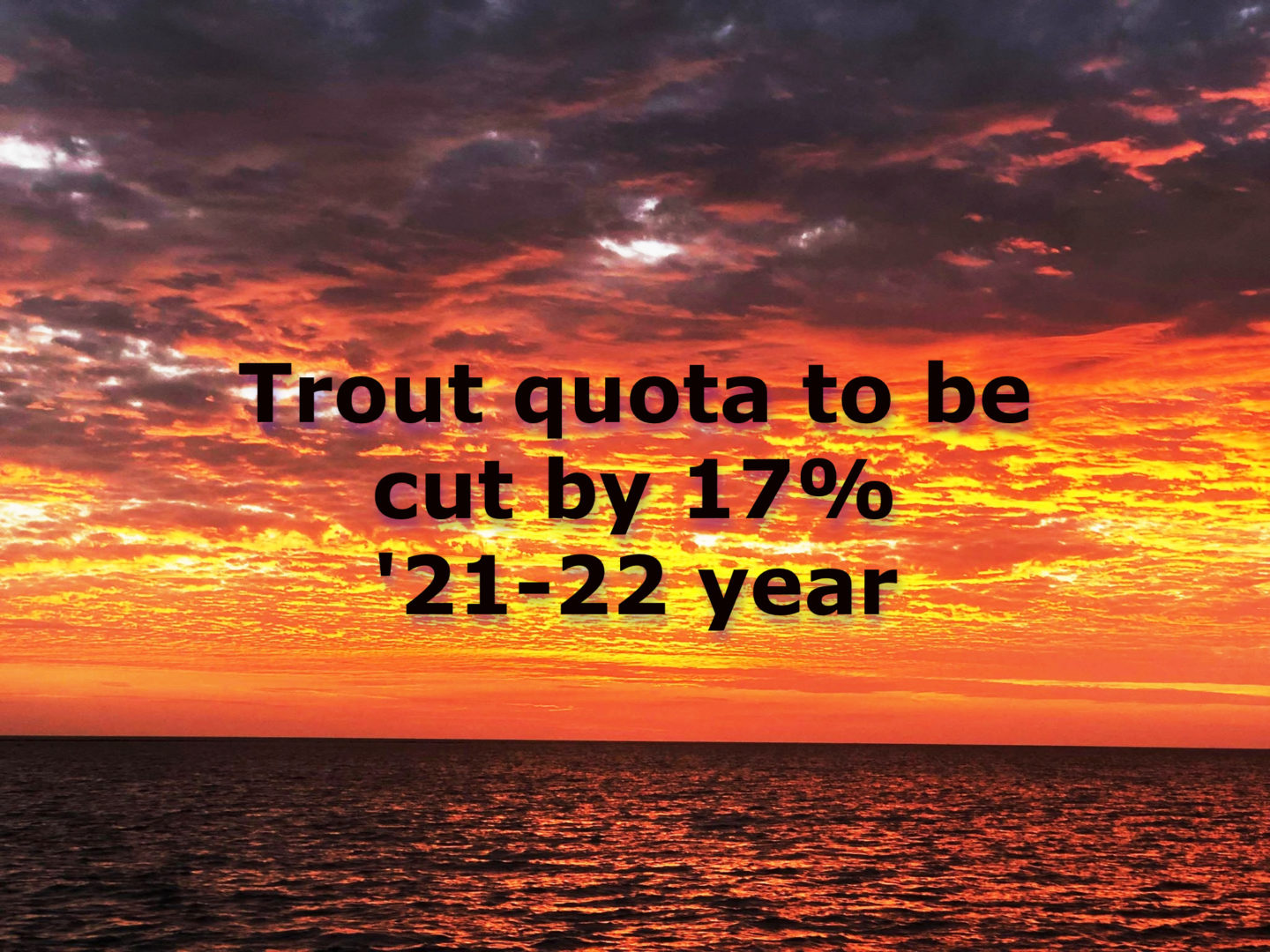Reef Fishing (update)

The following article was drafted by Neil Green, a former member of the Reef line fishery working group. The article first appeared in the latest copy of Queensland Seafood. Neil is a net, crab and line fisherman and a former QSIA President. A follow-up podcast regarding this article will be recorded and shared with industry.
It looks like professional line fishers will take a hit of 200 tonnes in the total allowable catch (TAC) of coral trout in the 2021-22 fishing year. My reading of the latest Fisheries Queensland communique following a meeting of the reef line fishery working group in late April is that the TAC will be cut from the current 1,163 tonnes to 963 tonnes, a reduction of just over 17 per cent. And it would have been cut by more than a quarter – by 300 tonnes – if fisheries managers had their way but a rule of “no more than a 200-tonne cut between seasons” saw the reduction kept to that latter figure.
But it is still a big hit for commercial fishers and marketers. No change has been recommended to the take by recreational anglers and charter operators. Here is the relevant passage from the communique.
Fisheries Queensland provided a refresher on the stock assessment undertaken for common coral trout in 2020. The working group noted the stock assessment estimated the spawning biomass for common coral trout in 2019 to be 59% of unfished levels, resulting in a Total Allowable Catch (TAC) of 1,073 tonnes to rebuild the stock to 60% spawning biomass. The working group then discussed improvements to the TAC’s calculation process, in particular the transparent use and application of the recommended biological catch limit from the stock assessment, discount factors to account for uncertainty and the scaling factor to calculate an “all coral trout” TAC. Based on the 2020 coral trout stock assessment, and applying the harvest strategy decision rules, a Total Allowable Commercial Catch (TACC) of 858 tonnes was recommended, a 305-tonne reduction from the current TACC of 1,163. Fisheries Queensland advised that the harvest strategy provides a maximum change rule of 200 tonnes, resulting in a final recommended TACC of 963 tonnes for the 2021-22 fishing season.
Industry members noted concerns that the reduction in the recommended TACC comes from a new stock assessment model which shows a lower biomass estimate than the previous model and had significant concerns with the potential economic impact on quota lease price associated with large TACC changes. The working group acknowledged the deterioration in the economic conditions of the fishery and the impost on commercial fishers imposed by a reduction in the TACC, but recognised the importance of following the harvest strategy process. The working group members supported adopting the final recommended TACC of 963 tonnes for the 2021-22 fishing season.
When you read about working group decisions, it is worth noting that there are four commercial fishers (and two marketers) on a working group of 16.
Another change on the way is the return of the obligatory pre-trip notification before commercial fishers head out. This was previously dropped when the vessel monitoring system (VMS) was introduced.
The communique says: Fisheries Queensland provided an update on the new standardised commercial fishing reporting requirements that will commence on 1 September 2021. The working group noted the primary change for the reef line fishery is the introduction of a pre-trip notice that is required before commencing a fishing trip.
Fewer fish, tighter restrictions: fishing controls only ever seem to go in one direction.
Reef line fishery working group – Communique 22-23 April 2021
Author: Neil Green
Image: Shane Snow
The content of this post is provided for information purposes only and unless otherwise stated is not formal QSIA policy. The information on these posts are provided on the basis that all persons accessing the information undertake their own responsibility for assessing the relevance and accuracy of it.

